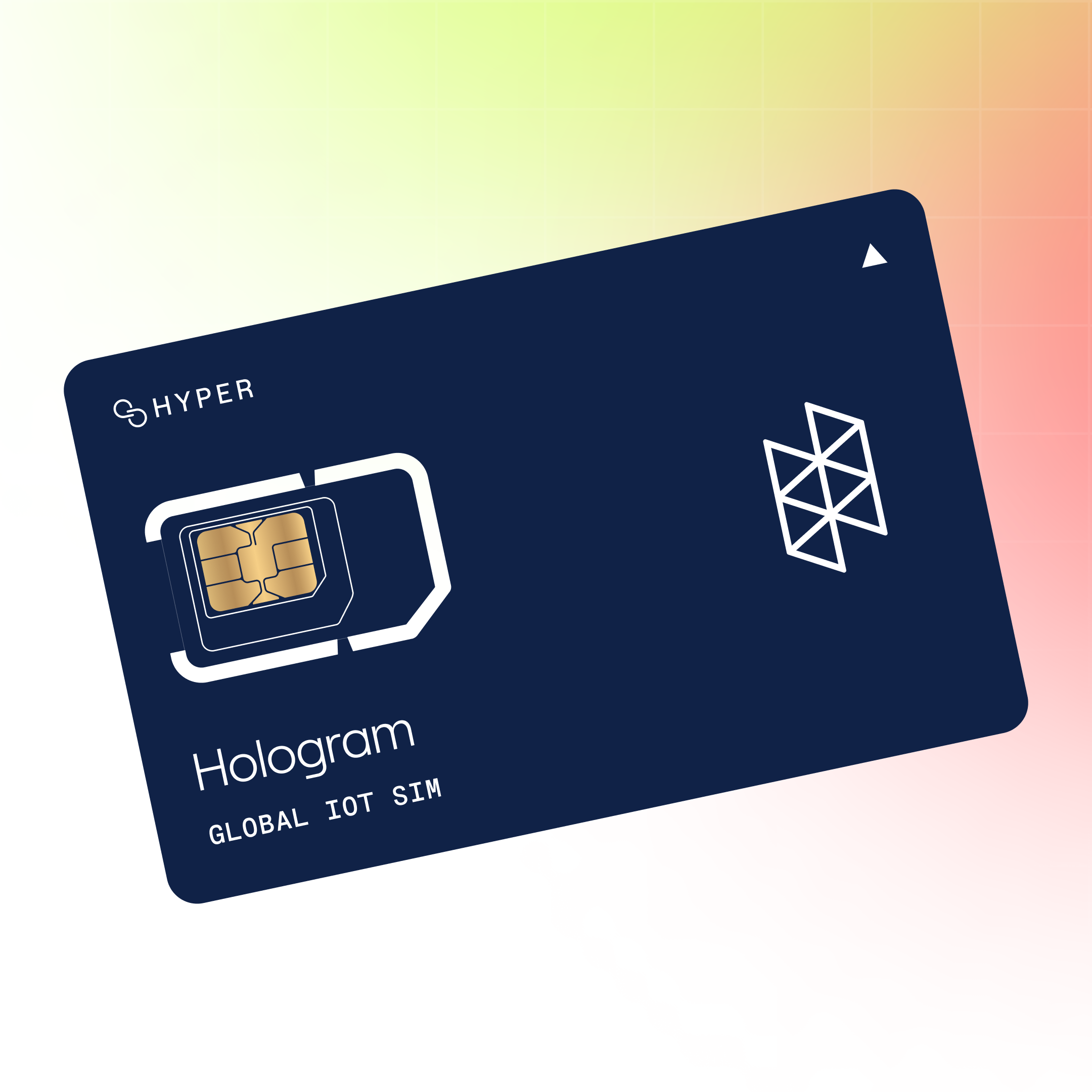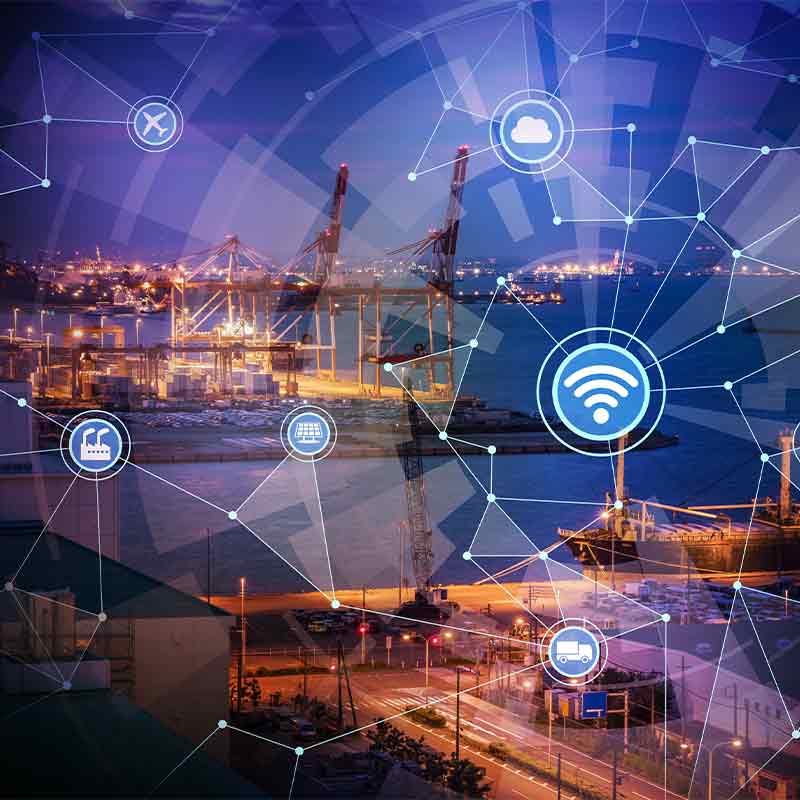IoT Connectivity Types Enhancing IoT Connectivity and Security
In the realm of Internet of Things (IoT) connectivity, 4G and 5G represent two distinct eras, each offering distinctive options that cater to various utility demands. One of essentially the most significant differences lies within the speed of information transmission. 5G expertise boasts incredibly high knowledge rates, often reaching up to 10 Gbps in ideal situations. In distinction, 4G networks usually deliver speeds round one hundred Mbps to 1 Gbps, which could be limiting for certain IoT functions that require fast knowledge change.
Latency is one other critical differentiator. 5G networks promise ultra-low latency, sometimes within the vary of 1 millisecond. This is a drastic improvement over 4G, which has a latency range of 30 to 50 milliseconds. For functions similar to autonomous automobiles or remote surgical procedure, the place real-time data switch is crucial, the low latency of 5G is invaluable.
The number of units that could be connected to a community additionally diverges significantly between 4G and 5G. 4G can help round 2,000 devices per sq. kilometer (IoT Connectivity Security). However, 5G technology can accommodate as much as 1,000,000 devices in the identical area. This functionality is important because the variety of related IoT gadgets continues to surge, necessitating a community that can efficiently handle the elevated demand.
IoT Connectivity Sim Connection Types and IoT Devices Overview
Energy efficiency is another area where 5G holds an advantage. IoT devices powered by 5G can operate at lower energy levels, extending battery life and reducing prices related to energy consumption. While 4G networks are reasonably environment friendly, the developments in 5G expertise allow more optimized data transmission strategies suited for battery-operated units.
The architecture of 5G networks also differs from that of 4G. 5G employs a more versatile, software-defined community model that permits for community slicing. This means specific parts of the network may be tailor-made to fulfill the necessities of assorted functions, whether they demand high velocity, low latency, or expansive coverage. In contrast, 4G networks sometimes supply a one-size-fits-all method, which limits their adaptability.

Security is a paramount concern in IoT connectivity, and 5G networks are designed with enhanced security protocols. This contains improved encryption and authentication mechanisms, which defend information because it travels between gadgets and servers. While 4G does provide some level of security, the advancements in 5G provide a more robust framework to safeguard sensitive data in an increasingly interconnected world.
Coverage area is one other space of distinction. While 4G networks have established broad protection, 5G networks are still being deployed and will have much less intensive reach in certain geographic places. However, the evolution of 5G is expected to quickly increase coverage over time - Cloud Connectivity In IoT. Additionally, 5G's capability to work more effectively in dense urban areas signifies its potential to alleviate community congestion.
IoT Connectivity Definition Common IoT Connectivity Technologies and Use Cases
Interference administration additionally showcases differences between the two technologies. 5G employs superior technologies like beamforming, which directs signals towards specific units rather than broadcasting them broadly. This results in better sign energy and quality, especially in crowded environments. Conversely, 4G's broader broadcasting can generally struggle in densely populated areas, resulting in signal interference.

The kinds of applications suited for 4G versus 5G networks additional illustrate their differences. 4G is enough for typical cellular functions like streaming movies or social media. In distinction, 5G is more suited for advanced, low-latency tasks, similar to telemedicine, distant monitoring in healthcare, and smart cities, the place real-time information processing is important.
Cost implications additionally differ between 4G and 5G implementations. While 4G networks have been established for years and the infrastructure costs are relatively secure, the initial funding for 5G expertise could be considerably greater. These prices are related to new base stations, hardware, and the transition period required for network upgrades. However, the long-term benefits of 5G, corresponding to operational effectivity and enhanced capabilities, could justify these preliminary bills.
Nb-IoT Connectivity Overview of IoT Connectivity
When trying into future potential, 5G networks are designed with scalability in mind. This progress capability stands in stark contrast to 4G, which can face limitations as the variety of connected units skyrockets. The versatile and adaptive nature of 5G means that it might possibly accommodate innovative functions arising from developments in AI and machine studying, paving the method in which for a extra interconnected ecosystem.

In conclusion, the variations between 4G and 5G IoT connectivity are profound. From speed and latency to scalability and energy effectivity, every expertise caters to distinct wants within an ever-growing digital panorama. While 4G has been a solid foundation for IoT applications, the improved capabilities of 5G technology are set to revolutionize how gadgets talk, making it an important player in the means forward for connectivity. Recognizing these variations might help businesses and developers strategically strategy their IoT deployments, making certain they leverage the suitable expertise to satisfy their aims.
- 5G IoT connectivity offers significantly larger data switch rates compared to 4G, enabling faster communication for devices.
- The latency in 5G is drastically reduced, permitting for near real-time data change, which is essential for applications like autonomous automobiles.
- 4G networks have limited device density capabilities, while 5G can support tens of millions of units per sq. kilometer, enhancing scalability for IoT options.
- 5G employs superior technologies similar to beamforming and network slicing, which optimize community efficiency for particular IoT purposes.
- The power efficiency in 5G networks is improved, facilitating longer battery life for IoT gadgets, which is vital for remote and cell utilization.
- 4G primarily focuses on mobile broadband, whereas 5G allows enhanced machine-type communications, catering particularly to IoT wants.
- 5G offers enhanced reliability and security features, that are essential for crucial IoT functions in healthcare and industrial automation.
- The architecture of 5G permits for edge computing, minimizing information latency by processing data closer to where it's generated, in contrast to 4G.
- 4G networks face congestion issues with increased customers, while 5G’s superior infrastructure mitigates this drawback, offering better consumer expertise.
- 5G’s flexibility in deployment and assist for numerous use circumstances makes it more adept at adapting to varied IoT environments in comparison with 4G.undefinedWhat are the primary technological variations between 4G and 5G for IoT connectivity?undefined4G know-how depends on LTE architecture and primarily focuses on cell broadband. In distinction, 5G is designed for larger effectivity with lower latency, enhanced capability, and improved reliability, enabling a bigger number of units to attach concurrently.
Internet Connectivity In IoT Solutions and Network for IoT Connectivity
How does the latency differ between 4G and 5G?undefinedLatency in 4G networks usually ranges from 30 to 50 milliseconds, whereas 5G latency can be lowered to as little as 1 millisecond. This decreased latency enhances real-time responsiveness for IoT functions like autonomous autos and remote medical procedures.
What is the distinction in network capability between 4G and 5G?undefined4G networks can support hundreds this website of connected devices per sq. kilometer. 5G significantly increases this capacity, accommodating up to one million gadgets per square kilometer, making it ideal for densely populated areas and quite a few IoT functions. IoT Network Connectivity.
How do power efficiency levels evaluate between 4G and 5G for IoT devices?undefined5G know-how improves energy effectivity thanks to its advanced features like network slicing and energy-saving sleep modes. This allows IoT devices to operate longer on battery with out compromising efficiency, which is crucial for remote sensors and devices in the area.

Can 5G support extra IoT functions than 4G?undefinedYes, 5G's enhanced velocity, capacity, and lower latency permit it to help various IoT functions that require real-time data processing, such as smart cities, industrial automation, and connected healthcare, all of which can be why not try these out challenging on 4G.
Web Connectivity In IoT Reviews of Managed IoT Connectivity Services
What are the implications of those variations for companies utilizing IoT?undefinedBusinesses leveraging IoT can count on increased efficiency and better performance with 5G due to its capability to help a larger number of units and functions, resulting in improved operational capabilities, decreased costs, and enhanced customer experiences.
Will transitioning from 4G to 5G be mandatory for IoT devices?undefinedWhile 4G will proceed to operate for the foreseeable future, the transition to 5G will present significant benefits. Businesses and industries aiming for prime efficiency and scalability in their IoT functions ought to think about upgrading when feasible.
IoT Satellite Connectivity Future of IoT Technology Connectivity
How does 5G enhance security for IoT units in comparability with 4G?undefined5G networks incorporate advanced security protocols and built-in encryption strategies, enhancing information integrity and confidentiality. This heightened safety is important because the number of connected IoT units continues to develop, mitigating potential vulnerabilities.
What is the price influence of adopting 5G for IoT connectivity in comparison with 4G?undefinedWhile the initial setup and infrastructure costs for 5G may be greater, the long-term advantages include enhanced efficiency, decreased operational costs, and potentially decrease maintenance costs. Businesses might discover that the funding pays off through improved efficiency and new income alternatives.